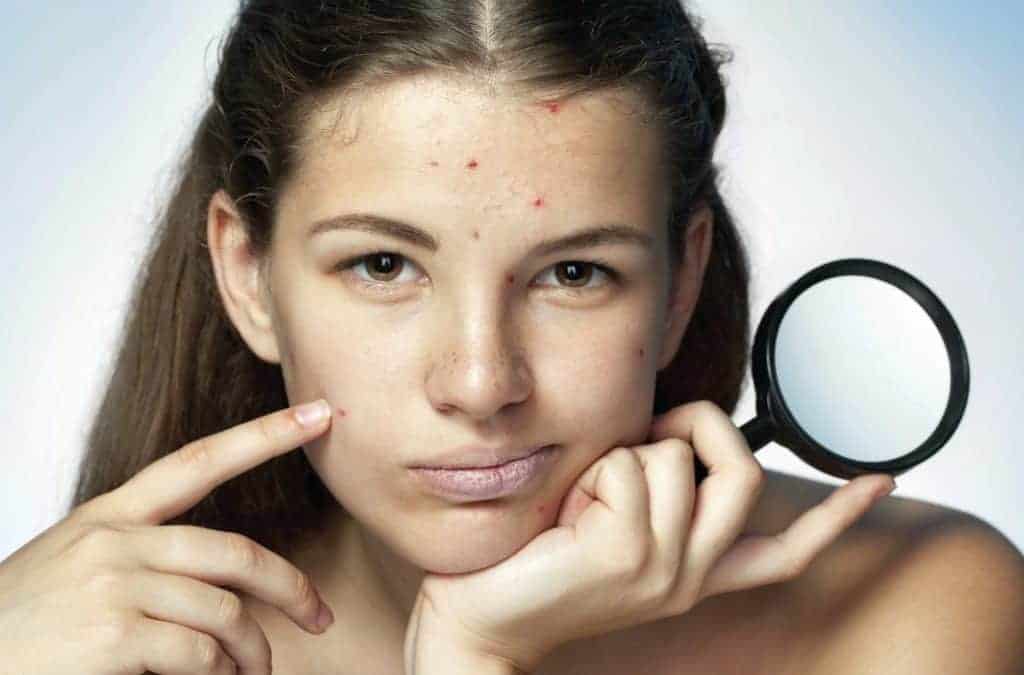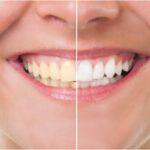Herpes zoster is a painful skin rash that typically affects one half of the body or face and is popularly known in some countries as “Shingles” or “Culebrilla”.
Shingles Herpes Zoster — Symptoms treatments
The virus affects almost one in three people at some point in their lives, but it is older adults who are most at risk: half of all cases occur in men and women over 60 years of age, among whom even the complications of shingles are much more frequent.
When a person recovers from chickenpox, the virus remains dormant in his or her body. But for reasons that are not fully understood, the virus can reactivate years later, causing shingles.
Shingles symptoms
Manifests as a painful rash that typically affects one-half of the body or face. From 1 to 5 days before the appearance of the rash, it is common for the person to experience pain, itching and tingling.
The rash is characterized by the formation of blisters which after 7 to 10 days crust over and usually disappear within 2 to 4 weeks.
In most cases, the rash takes the form of a horizontal strip appearing on one side of the body; in others, the rash appears on one side of the face and in others, it may spread and in rare cases, it may present an appearance similar to that of chickenpox.
Herpes zoster
The herpes zoster virus can affect the eyes and cause vision loss. Other symptoms that may occur include fever, headache, chills and upset stomach.
“Anyone who has had chickenpox can develop herpes zoster, even children.”
Even so, the risk of developing it increases with age, to such an extent that half of the cases occur in men and women over 60 years of age. However, the risk of the disease increases with age. About half of the cases of shingles occur in men and women 60 years of age and older.
Also, herpes zoster complications such as postherpetic neuralgia (intense and debilitating pain in the areas affected by the rash) are more frequent in people over 60 years of age, accounting for more than half of the cases.
Those at greatest risk of developing herpes zoster are people whose immune system is compromised.
For example, people with certain types of cancer such as leukemia and lymphoma, people infected with HIV, or people receiving immunosuppressive drugs such as steroids or drugs used in people who have received an organ transplant.
Shingles Frequency
Statistics from the United States indicate that herpes zoster will affect nearly one in three people at some point in their lives. An estimated one million cases occur each year.
A review of available epidemiological studies from South America, Australia and Asia concluded that both seroprevalence and acquisition rates of the varicella-zoster virus are comparable to those described in the United States and Europe.
For most people, it manifests as a single episode in their lives, although in some rarer cases it may occur two or even three times.
The virus that causes shingles, varicella zoster, is transmitted from person to person through contact with the fluid contained in the blisters.
Only during the active phase of the disease (during the rash) can infected persons transmit the virus.
Persons with herpes zoster (in the active phase) have a lower risk of transmitting the virus than persons with chickenpox and this risk can be greatly reduced if the areas affected by the rash are covered.
Postherpetic neuralgia
The most common complication of herpes zoster is called postherpetic neuralgia, which is characterized by severe pain in the areas affected by the rash, which may persist even after the rash has disappeared.
Severe and debilitating, this painful complication usually resolves in a matter of weeks in most patients, although in some cases it may persist for years.
Shingles treatment
Different antiviral drugs are used in the treatment, to shorten and reduce the severity of its symptoms.
But they are only effective if administered before the rash appears. Analgesics, wet compresses, calamine lotions and soothing baths based on colloidal oatmeal are also used to relieve pain and itching.
The Shingles Prevention Study conducted on more than 38,000 people over the age of 60 showed that the use of the vaccine significantly reduces the risk of developing the disease and its complications.
The reduction in the risk of developing the disease is 51.3%, while the reduction in the risk of developing postherpetic neuralgia is 66.5%.
The only way to reduce the risk of contracting shingles and the long-lasting pain that can follow the disease is through vaccination.
The use of the shingles vaccine is recommended for people over 60 years of age, including those who have already had an episode of shingles. The vaccine is not yet approved for use in Argentina.
Shingles Myths
Is common for those affected by shingles to resort to witchdoctors and healers, who will apply prayers, herbs (Sanguisorba minor), Chinese ink and even rub them with toads, which will prevent shingles from joining by finishing the belt, which supposedly will bring deadly consequences for the affected person.
Article adapted and translated by Infomistico.com / Source: El Clarin Argentina





